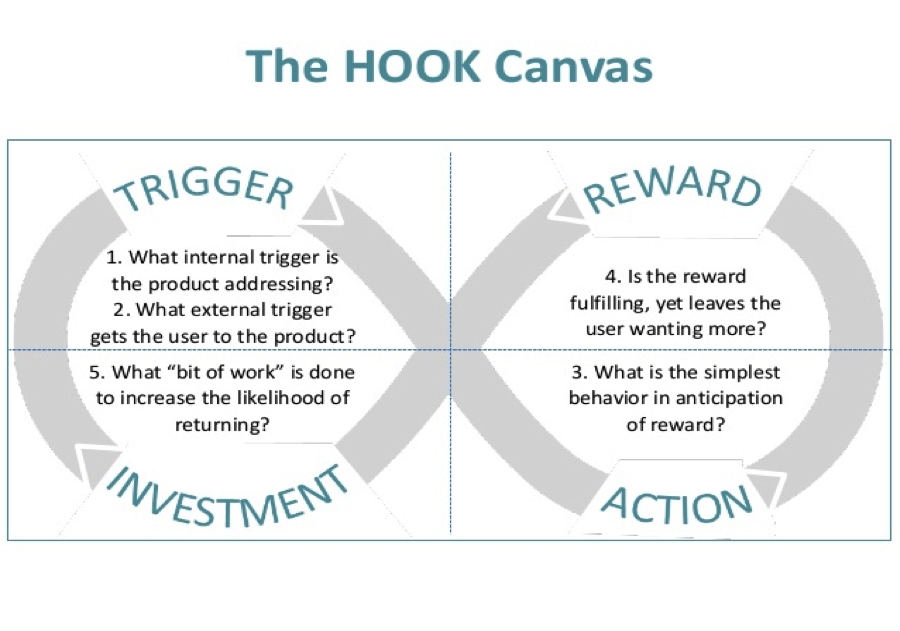Lessons from THINK 15: Betterment
Changing habits is hard work and rarely successful. Just look at your own New Year’s resolutions, or the many times you wanted to quit sweets, go to the gym every day and read a weekly book.
With that in mind, it would seem even harder to create a sticky product or service, one that helps people change their behavior for the better. Yet, it can be done (just ask Uber and Instagram) by connecting your user’s problem to a solution with enough frequency to form a habit.
For credit unions, creating habit-forming products or experiences that help members achieve life goals is vital. If your member experience is sticky enough, it will decrease marketing expenses, lead to higher customer lifetime value, offer greater flexibility to increase prices, supercharge growth, and increase defensibility against problems and competitors.
How does it work? As described by Nir Eyal at THINK 15, the Hook Canvas is a template for your credit union to develop habit-forming products or services.


- It starts with a Trigger. What emotions (or internal trigger) does the product address? How will this product/service better the life of your members? What messaging (or external trigger) drew the user to the product? This can be advertising, reviews or word of mouth.
- The Trigger should lead to an Action. Ideally, that action should be the simplest behavior in anticipation of a reward. The emphasis here is on simplicity. If you ask the user for too much, they will abandon the process. Stay simple and you’ll eliminate any friction.
- The Action needs to lead to a Reward. Crafting the right reward is critical. The reward needs to be fulfilling on one hand but leave the user wanting more. Think about email: When you clear your inbox, you feel fulfilled but every time you check, you want and look for more.
- While the Action you create should be frictionless, it should also serve as a future Investment in the mind of your member. What did the member invest that might increase the likelihood that he or she will return to start the Hook cycle over again?
- Aspiration: People want to buy into a concept, not just a product or service. Credit unions have to be more aggressive in familiarizing consumers with their concepts.
- Delight: People want to be delighted by brands, encounter tiny moments of surprise. Everything the member encounters should be beautiful, thoughtfully designed and frictionless.
- Belief: People want to believe in companies. They want to feel good about what they are doing, and believe they are doing the right thing. This is accomplished by calling out the positives of the movement, not focusing on the negatives of big banks.
- Satisfaction: Members desire a sense of community. Make them part of your product/service development. Ask them. Listen to them. Don’t develop products in a vacuum: Develop them in a collaborative environment.
